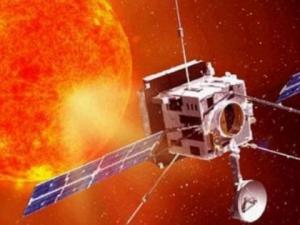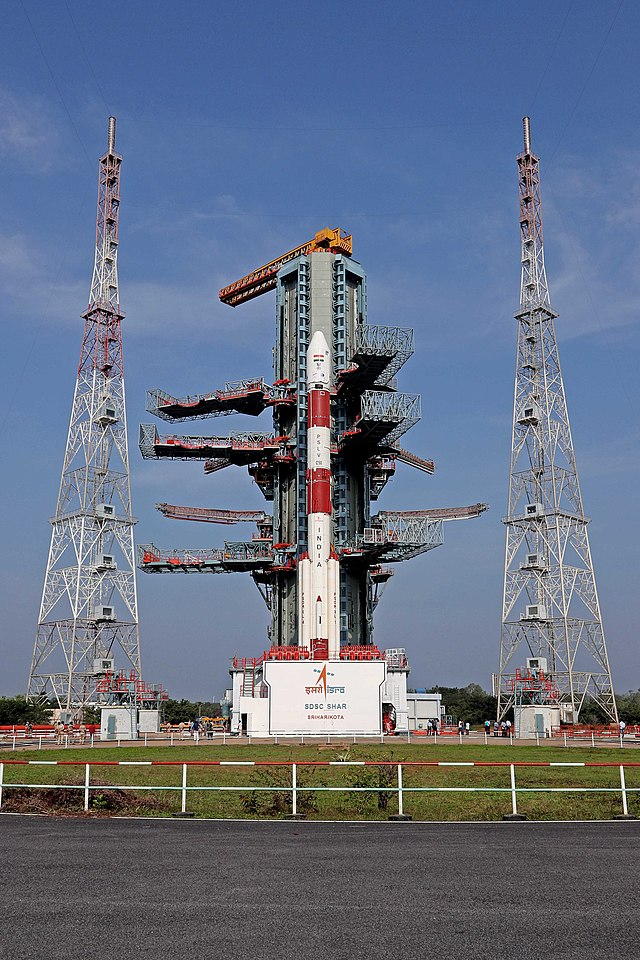Indian Space research Organization (ISRO) successfully initiated India's inaugural solar mission, Aditya-L1, utilizing the dependable Polar Satellite Launch Vehicle (PSLV) on a Saturday morning. The countdown for this mission had commenced the day before at the Sriharikota launch pad.

This solar venture follows ISRO's triumphant lunar mission, Chandrayaan 3. Aditya-L1 is the premier space-based observatory class assigned to scrutinize the sun. After a journey spanning approximately 1.5 million kilometers from Earth over a period of 125 days, the spacecraft is set to be positioned in a halo orbit encircling Lagrangian point L1, which is the point nearest to the sun. This unique orbit grants Aditya-L1 an unobstructed view of the sun, facilitating the examination of its dynamic activities.
How will Aditya-L1 be Maneuvered into its Designated Orbit?
Initially, the Aditya-L1 spacecraft will be stationed in a low Earth orbit, which will then be transformed into a more elliptical configuration. Subsequently, the spacecraft will be propelled towards the Lagrange point L1, employing its onboard propulsion systems.
As the spacecraft journeys towards L1, it will exit Earth's gravitational Sphere of Influence. Upon exit, the cruise phase will commence, ultimately leading to the spacecraft's insertion into a sizable halo orbit encircling L1.

What is the Primary Goal of the Aditya-L1 Mission?
The principal objectives of this mission encompass comprehending the processes related to coronal heating, solar wind acceleration, coronal mass ejection initiation, near-Earth space weather, and solar wind distribution.
Which Launch Vehicle is ISRO Employing for the Aditya-L1 Mission?
ISRO's scientists have opted for the 'XL' variant of the PSLV, which is a more robust version capable of carrying the spacecraft alongside its seven payloads. Similar PSLV-XL variants were utilized in the Chandrayaan-1 mission in 2008 and the Mars Orbiter Mission (MOM) in 2013.
What are the Payloads that the Aditya-L1 Mission will Carry?
The mission will transport seven scientific payloads for comprehensive study. These payloads will observe the sun's photosphere, chromosphere, and corona using electromagnetic, particle, and magnetic field detectors. Among these, four of the payloads are dedicated to remote sensing and direct viewing of the sun, while the remaining three perform in-situ investigations of particles and fields at L1, contributing vital scientific insights into the propagatory effects of solar dynamics in the interplanetary medium.
How can one Livestream the Aditya-L1 Launch?
The launch of ISRO's Aditya-L1 mission is streamed live on ISRO's official website (isro.gov.in), as well as on its official YouTube channel and Facebook page. Additionally, DD National will also broadcast this historic event for wider public viewing.









